MDC Connects 2024
Unlocking the Secrets of Medicine Commercialisation
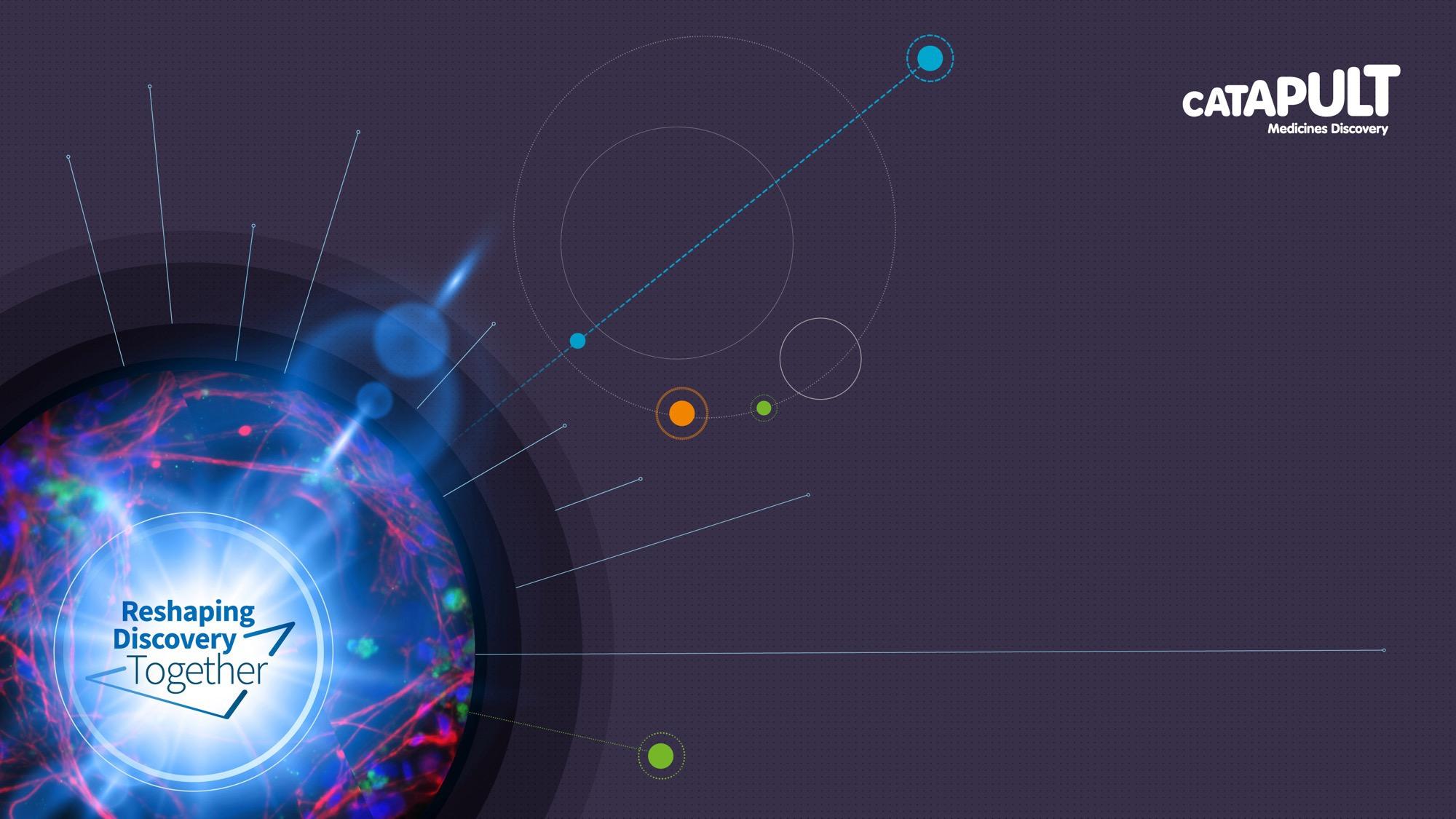
13 Feb – 12 Mar 2024 | 1-2pm (GMT)

Unlocking the Secrets of Medicine Commercialisation

13 Feb – 12 Mar 2024 | 1-2pm (GMT)

• A pharmacologist by training, and with over 25 years of experience in the industry, Graeme has led drug discovery and capability enhancement projects in large pharma and start-up across many disease areas and has significant experience in instigating and leading open innovation and drug repositioning programmes.
• At MDC, Graeme is head of Virtual R&D, which supports drug discovery innovators developing scientific strategy and plans leads the healthy ageing strategy area and supports the neuroscience portfolio.
 Graeme Wilkinson, Head of Virtual R&D, Medicines Discovery Catapult
Graeme Wilkinson, Head of Virtual R&D, Medicines Discovery Catapult

• Understanding the need for, and accessing, the skills, knowledge, expertise, capabilities and funding required to develop a medicine
• Accessing these skills virtually and the challenges of running a virtual project.
• Developing solutions to the ‘problem’ of virtual drug discovery
• End to end CROs and bespoke consultancy
Complex web of service providers, enablers and funders is challenging to navigate
Successful projects require:
• Knowledge; Decision making advice and expertise in drug discovery
• Expertise; CROs, specialist academic institutes, etc
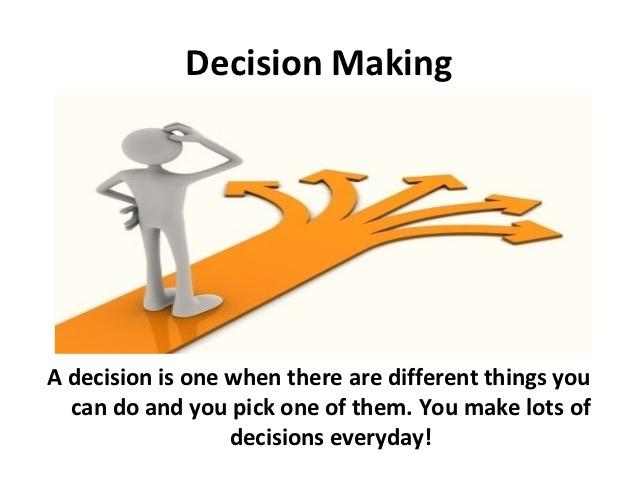

• Delivery; Experienced drug discovery project management and due diligence

Increasing costs and difficulties accessing funding

• Fewer resources
• More dependent on grant and private funding
• Partnerships are important to sustain and build their science
Skills shortages

• Challenges in accessing sufficient skilled individuals
• Especially challenging for seed and CRO companies
Access to lab space, equipment and specialist services

• Reliance on access to specialist technologies, expertise and lab space
• Essential to generate evidence required to unlock future investment



Understand the target and the molecule


Understand the disease indication
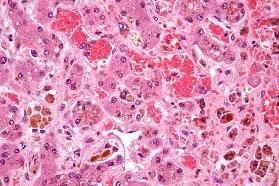

Understand the market and regulator


Make the science investable



• Communication
• Teamwork
• Business acumen
• Self-motivation
• Adaptability
• Management skills
• Critical thinking, problem solving
TTOs, VCs


Start Ups, Spin Outs
Drug Discovery
SMEs and CROs

Access to drug discovery and disease area expertise




Development of drug discovery plans with project management

Relationships with CRO and specialist academic service providers

DELIVERABLES:
Real world evaluation and data due diligence
Delivery of project plans to time and cost
New business opportunities for service providers
New opportunities for collaborative R&D











Membership organisations




Innovation clusters and service providers





Opportunities for mentorship, networking and professional development

• Making sense of the journey – the skill in knowing which skills you need and when
• Know your science
• Vary your experience
• Networking is key (meet new people, access expertise)
• Learn from the experts (attend meetings, webinars, etc.)



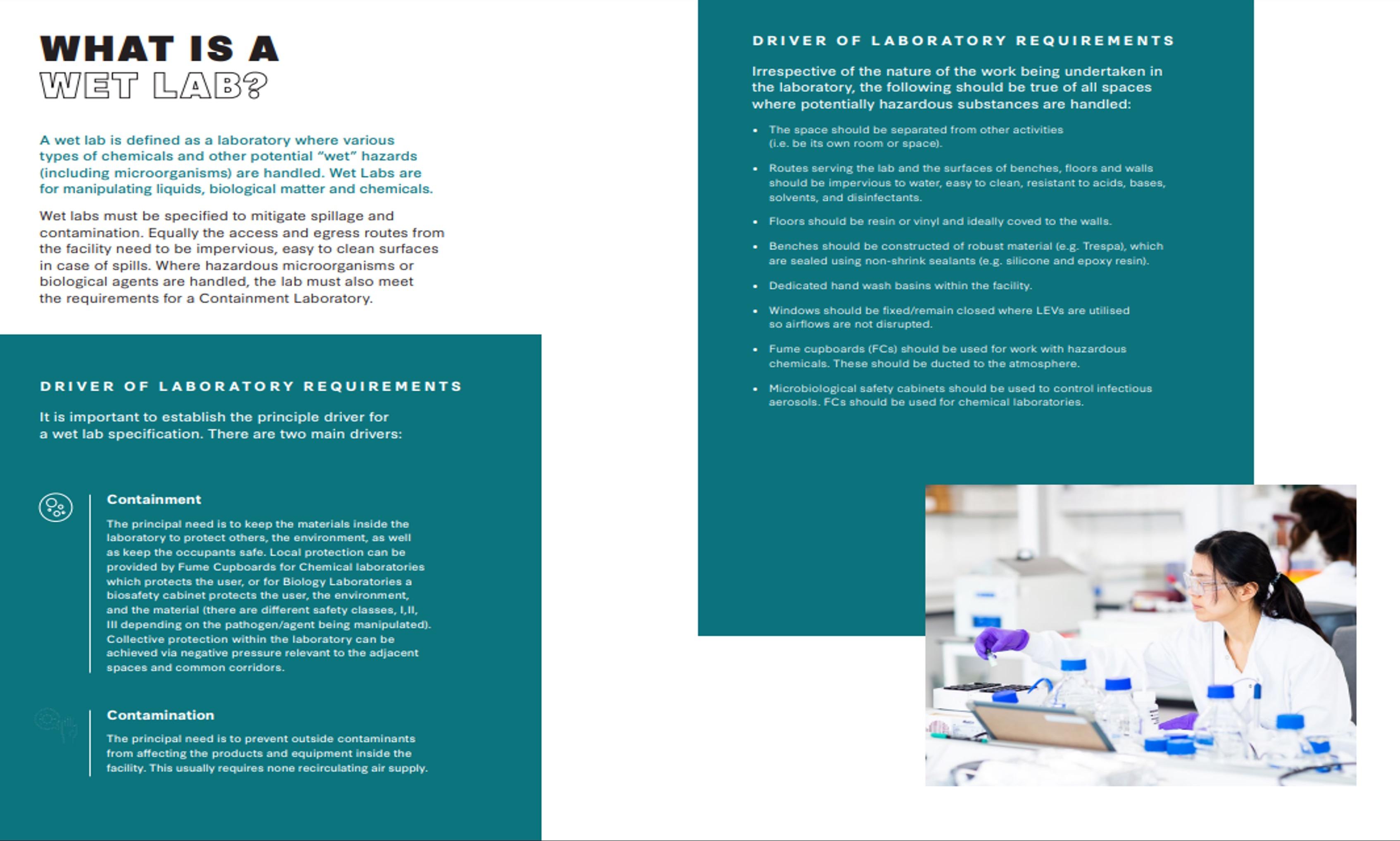



Typical wet Lab types
Chemistry laboratory : Focused upon containment and protection for lab users (DSEAR Regulations should be consulted)
● This type of lab allows any activity involving organic or inorganic chemicals or materials that have potentially harmful side effects on humans if handled incorrectly
Typical examples would be Pharmaceutical labs, Chemical manufacturing, Agro chemicals etc
Biology Laboratories: Focused on contaminant and contamination


● Biology labs are used to study microorganisms safely, These labs provide not only protection to the lab users against infection but also help to prevent microorganisms from the user or lab environment contaminating the samples.
Other types of lab
• Analytical or Analysis Labs
• Research, Medical or Clinical laboratories mostly found in Hospitals or Pharmaceutical companies and CROs.
• Cleanrooms. Special environments with the focus on minimizing pollution/contamination.
Containment levels
Containment Level 1 (CL1) (Comparable to Biosafety Level 1) is used for deliberate work with microorganisms and genetically modified organisms that represent a nil or negligible risk to human health or the environment.
Containment Level 2 (CL2) (Comparable to Biosafety Level 2) is used for deliberate work with micro-organisms and genetically modified organisms that could potentially cause disease in humans or harm the environment.

Containment Level 3 (CL3) (Comparable to Biosafety Level 3) is used for deliberate work with microorganisms and genetically modified organisms that could potentially cause severe disease in humans or harm the environment.

Containment Level 4 (CL4) (Comparable to Biosafety Level 4) is the highest level of containment, and is appropriate for work with extremely dangerous pathogens that could easily be aerosol-transmitted within the laboratory, and cause severe to fatal diseases for which there are no available vaccines or treatments.
Full Lab Categorisation Guide for further information
Typically found within Universities or Science Park incubators, consisting of Shared lab benches, located within a communal lab environment with additional communal write up, They typically offer flexible space for you to grow and develop your research. Monthly rolling contracts
Premium versions shared lab offer dedicated lab workstations, writeup desks, and communal access to lab instruments and essential services , (an example of this is the Bruntwood SciTech Open Access
Lab at Alderley Park)
● Fixed monthly cost
Pros
● Flexible access to specialised laboratory environment

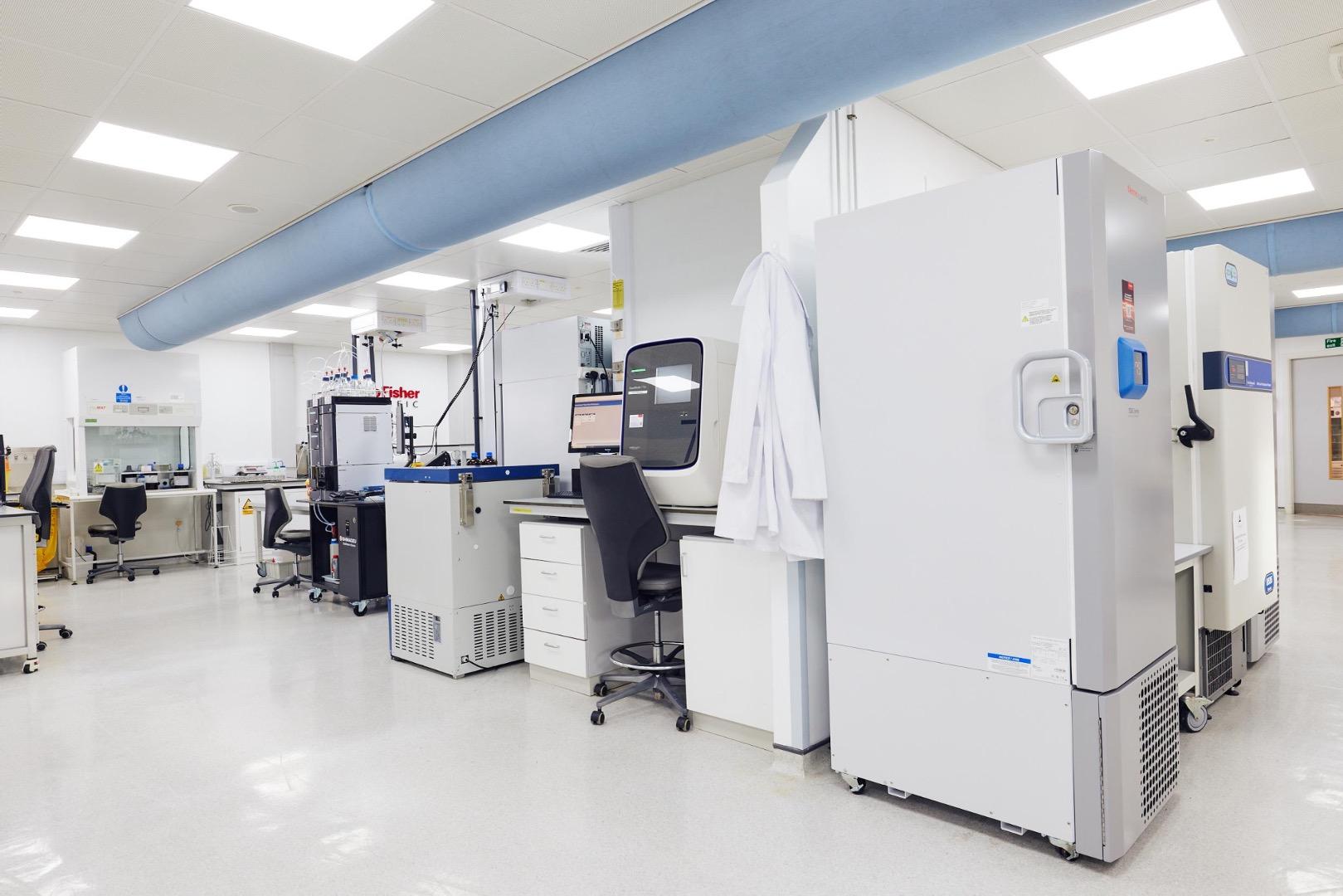
● Access to State of the art Laboratory equipment
● Support by Lab Manager/ Lab Technicians
● Hazardous waste dispose of by lab team
● Logistics supported (shipping in and out
● Maintenance/ repair included
● Collaboration opportunities
● Part of Science park Ecosystem
Common challenges encountered shared spaces can include:
● Activities can be restricted
● Communication between companies
● Busy and sometime chaotic environment
● Rely upon other users to practice good housekeeping
● Additional SHE considerations
● Additional training and documentation required

- Grow
Usually modular small lab spaces that provide the grown on space from a shared lab attempting to reducing the capital burden of accessing dedicated lab space
Pros
●Less Capital Cost
●Dedicated Lab space
●Simpler SHE control considerations (scope for more hazardous work)
●Communal breakout space
Cons
●Usually Small
●Less Access to shared lab Equipment
● More expensive than shared lab
● Less flexibility lease terms
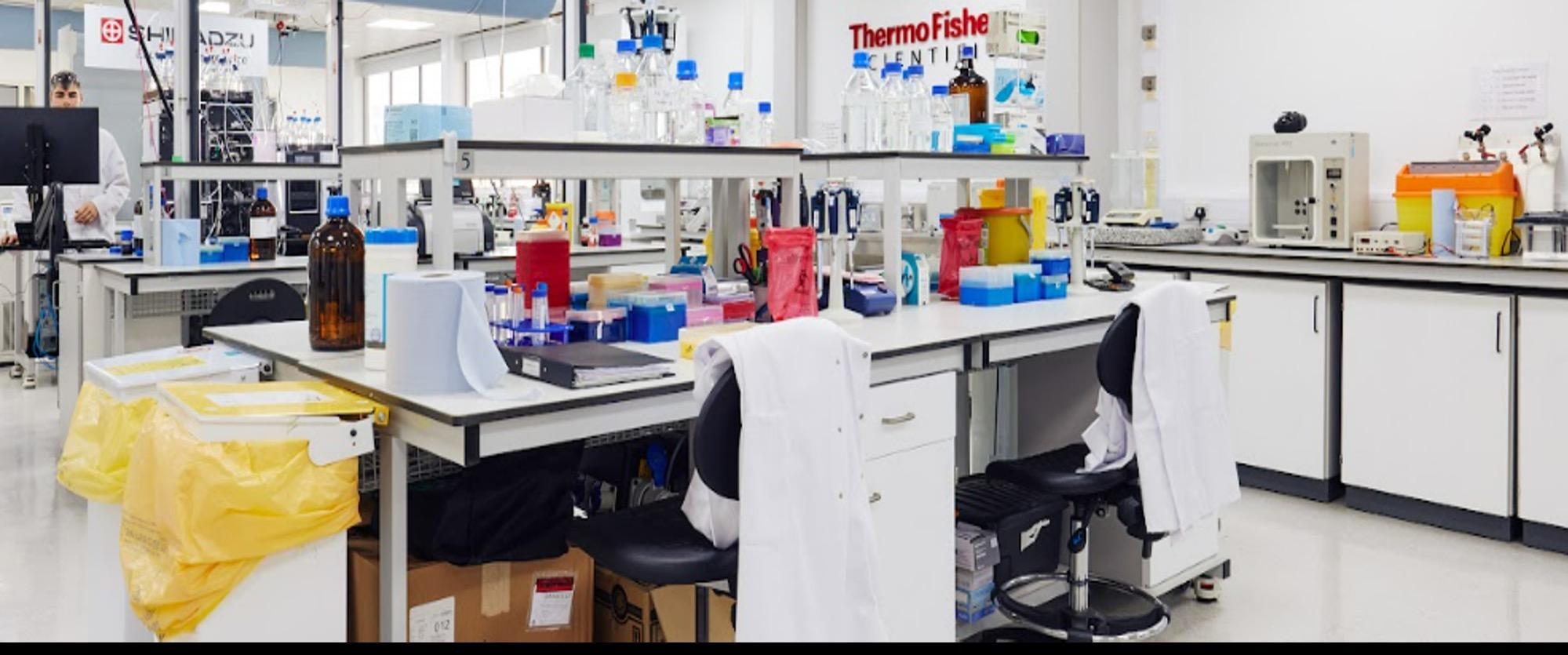

Biology CL1, CL2 & Chemistry Labs that are ready to go designed by operator or previous customer
Pros
● Already fitted out with fixtures and fittings, ready to occupy / Cheaper than designing own lab
● Larger – than serviced labs
●Dedicated Write up
● Dedicated Lab space (secure easier to manage SHE)
●Longer leases
●Simpler SHE control considerations (scope for more hazardous work)
Cons
● Limited availability
● designed and built with either generic or another customer's requirements in mind
Usually involves a compromise


Designed and built to your specifications
What to consider when designing your lab environment :
1. Current & future staff number.
2. Different functional areas. Chemistry, Biology, Cell culture, Clean room etc
3. Up-to-date equipment schedule with manufacturer’s link –important for space allocation, power outlets, plumbing.
4. Any specialist requirements – gases, equipment or materials.
5. Business critical items.
6. Regulatory changes and impact.

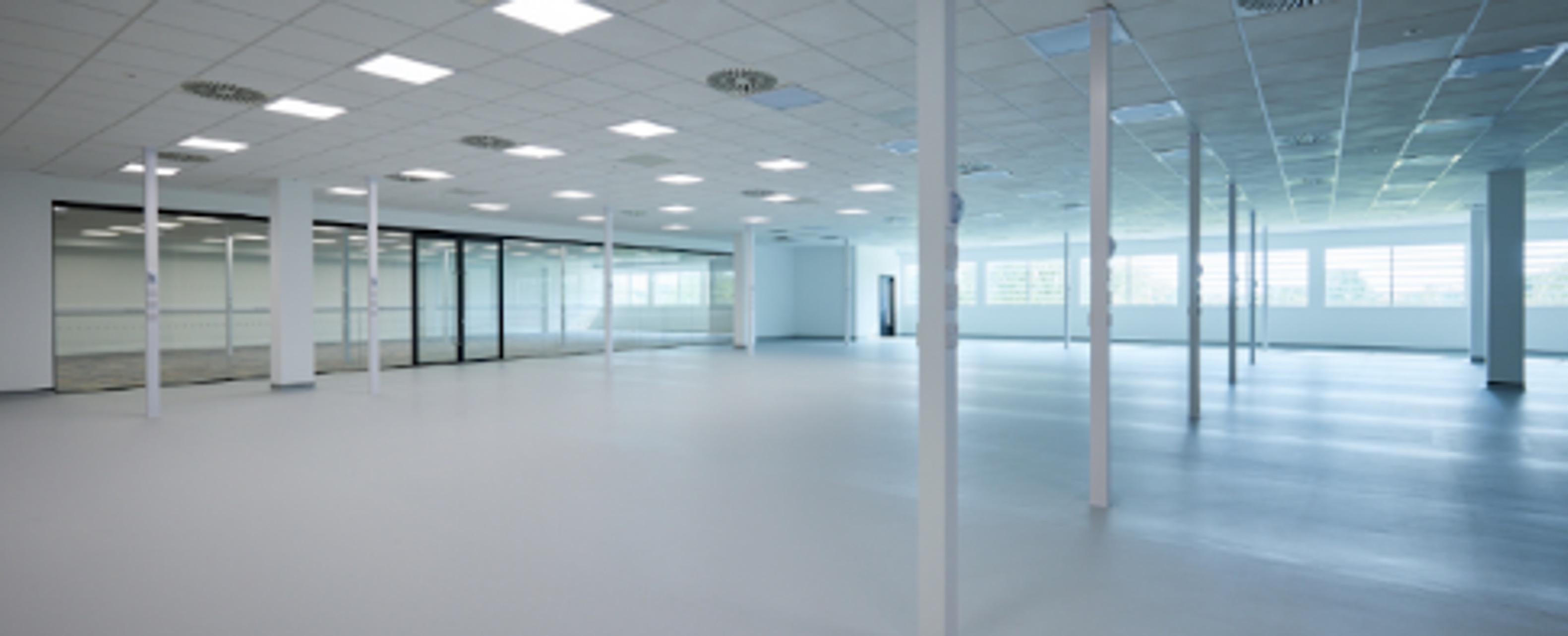
7. Storage requirements – consumables, waste, cold/freezer space.
8. Replicate the process for your office space requirements.

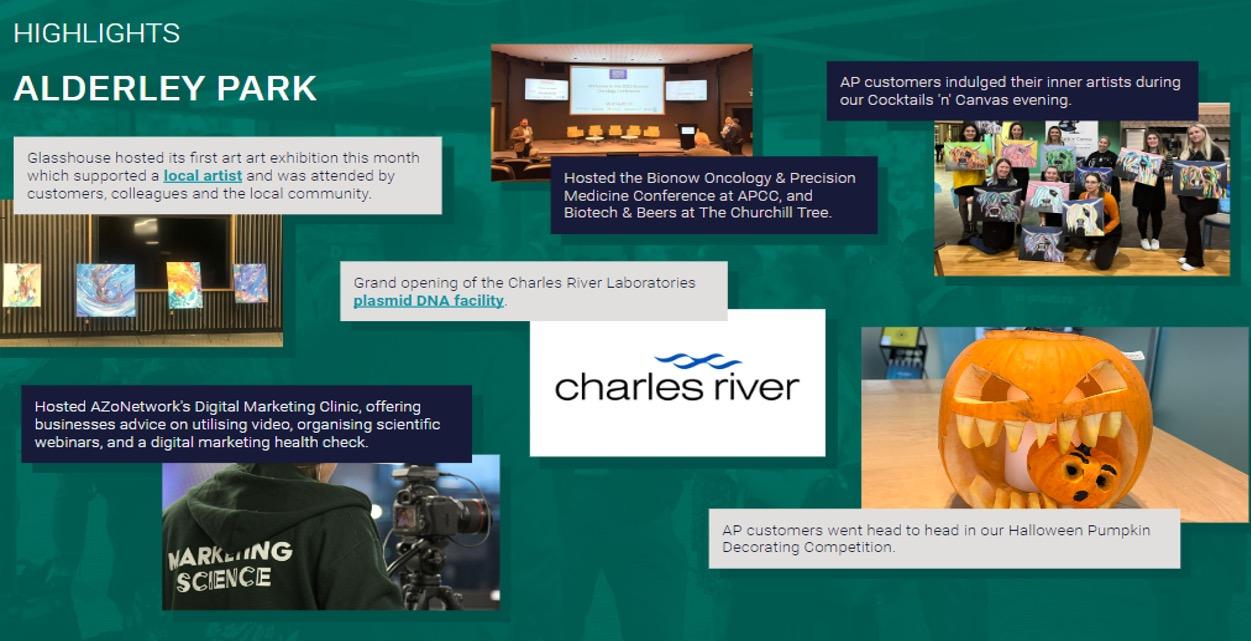
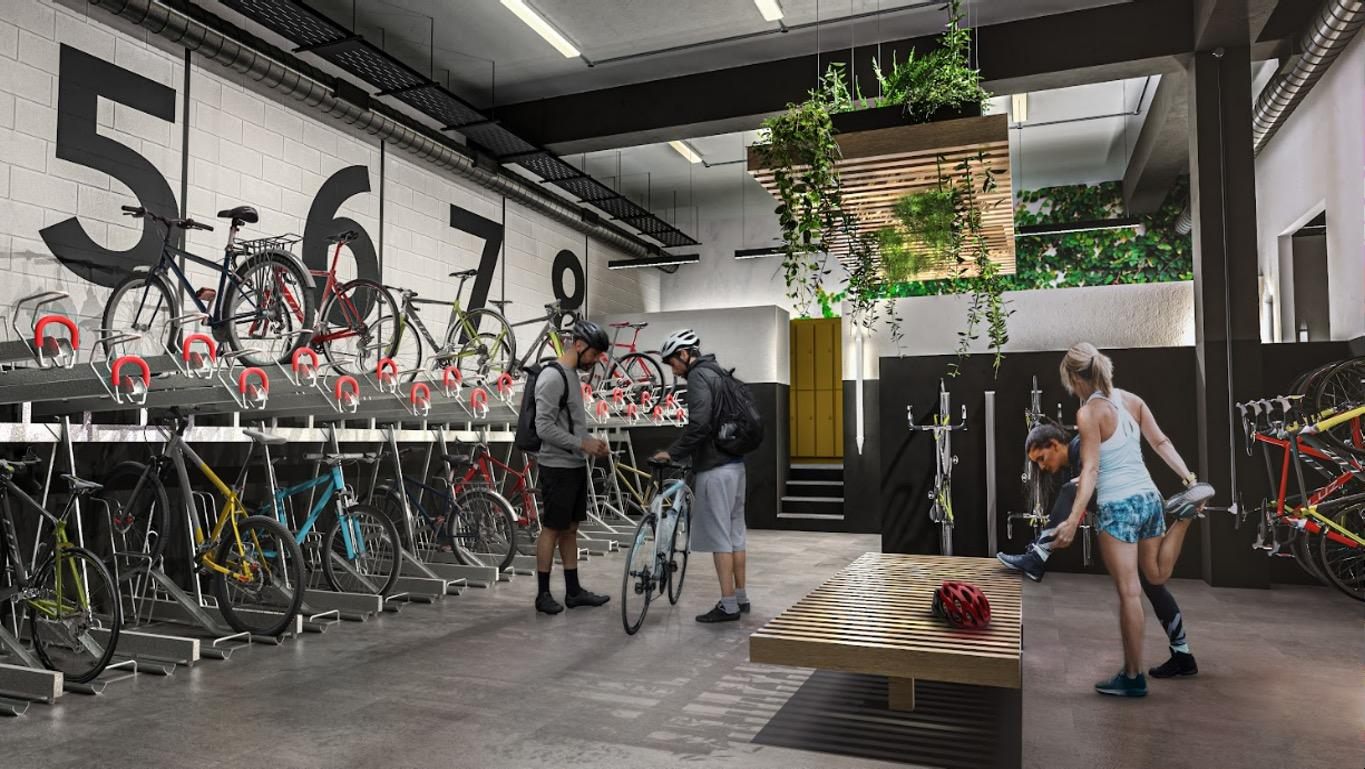

A science park is an organisation managed by specialised professionals, whose main aim is to promote the culture of innovation
• Access state-of-the-art equipment and facilities
• Ecosystem stimulates the sharing of knowledge
• Promote innovation on a commercial level
• Enable communication and collaboration
Science park ecosystems contain dedicated teams that focus on facilitating the creation and growth of innovationbased companies through Business support, Scientific services and Accelerator programs alongside other valueadded services




Gareth.Hampton@Bruntwood.co.uk
Head of Lab Services
Accessing drug discovery expertise

How do I find the right CRO for my project?
MDC Connects: Building the Science
27th February 2024




Dr Mike Piper, CCO
Biologist by training, over 15 years commercial experience at CROs, working to support biotech companies

Dr Angelo Pugliese
Assoc. Director, In Silico
Discovery and Data Analysis
Computational chemist with over 15 years experience working across organisations in the US and UK

• Flexible access to (the right) drug discovery capabilities and expertise…
• …so you can rapidly progress your project
• The right CRO will have the right team for your project
• A CRO is a people business!



Assay
Development
Comprehensive target class expertise
Hit Generation Hits to Leads
Lead Optimisation
• Biophysical assays
• Biochemical assays
• Cellular assays
Target analysis & bespoke screening strategies
• HTS/MTS/fragment screening
• Or
• Knowledge-based approaches (computational & medicinal chemistry)
• Virtual screening
Hypothesis – driven compound design, synthesis & testing
• Medicinal chemistry
• Computational chemistry
• Synthetic chemistry
• Primary assays
• Orthogonal assays
• DMPK
• (In vivo studies)

What do you need?
• Identify capability and expertise gaps
• A scientific partner, or a datagenerator?
Identify potential CRO partners
• MDC
• Consultants
• Recommendations
Initial due diligence (CDA)
• Have their scientists, across the key disciplines your project needs (med chem, comp chem, biosciences…) worked on similar projects?
• Relevant target class expertise
• Not conflicted!
You’ll know the right CRO
• You’ll know the right group when you speak to them
• So speak to a few!
Make your decision
• Are those the scientists who you’ll actually be working with?
• Will you be sold to by the “A” team, and work with the “C” team
• Customer references
Source & compare quotes
• Effort & responsiveness during the bidding process
• Quality and detail of scientific input during bidding process
• Integrity, flexibility – not just looking to sell you 5 FTEs for a year…
• Price





Dr Mike Piper, CCO
Biologist by training, over 15 years commercial experience at CROs, working to support biotech companies

Dr Angelo Pugliese
Assoc. Director, In Silico
Discovery and Data Analysis
Computational chemist with over 15 years experience working across organisations in the US and UK

• TRPML1 (Transient Receptor Potential Mucolipin 1) is an ion channel found within lysosomes. Mutations and dysfunction of this channel are associated with several conditions.

• Research suggests TRPML1 might play a role in neurodegenerative diseases like:
• Alzheimer
• Amyotrophic Lateral Sclerosis (ALS)
• Parkinson
Arkuda Tx was interested in this target


• Arkuda needs:
• Discover novel TRPML1 agonists
• Expertise in hit-finding technologies
• BioAscent expertise:
• Access to specialised skills and resources: SBDD - CADD
• High-throughput screening (testing a large library of compounds rapidly)
• A 100k diverse IP-free screening library
• Computational chemistry and SBDD to expertise to drive optimisation
• Proven track record in drug discovery

• Step 1: Understanding the client's goals and the biological target (TRPML1).
• Step 2: Designing and running high -throughput screens to find potential hits.
• Step 3: Computational chemistry to design better ligands, improving their binding affinity and properties.

• HTS (FLIPR assay) a library of >100,000 compounds identified the substituted tetrazole compound 1
• Selective and CNS penetrant TRPML1 agonist
• Computer-aided drug design (CADD) instrumental to design conformationally locked macrocyclic analogues which further improved potency while retaining the selectivity



• Accelerated the discovery process compared to in-house capabilities alone.
• Cost-effective approach using our well-established HTS platforms.
• Access to specialized computational skills and cutting-edge technologies.
• Identified promising novel TRPML1 agonists with potential for therapeutic development.


www.bioascent.com

mpiper@bioascent.com

@BioAscent

